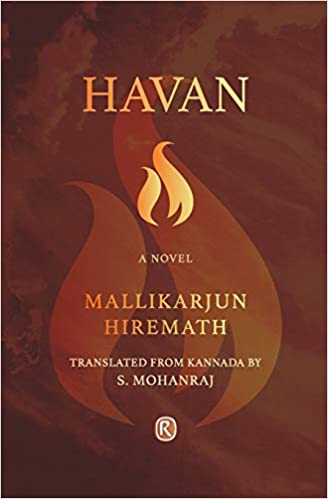Havan, the English translation of the novel by Mallikarjun Hiremath, is a well-told story. Mostly linear, the novel does veer off this track occasionally, to recall stories of ancestors, or perhaps to narrate a lore. In the Author’s Note, Hiremath speaks of his attraction to the Lambada tribe from his childhood, also of his wanderings in and around the settlement. A large part of the novel therefore, is about life in the Lambani settlement in the village of Havan, and the journey of their leader Somalya Nayak.
In his path-breaking work, Practical Criticism (1929) IA Richards recognizes that a reader ‘brings to the text a vast array of ideas amassed through life’s experiences.’ A text therefore, draws from its reader a range of analytical stances, and according to ‘reader-response’ criticism, there is an active interaction between the text and the reader. Based on the uniqueness of the reader, each person may read the same text differently, in fact, the same text may produce different meanings for the same reader on two different occasions. The aesthetic mode of reading draws our attention to language, style, tone and details, with which we create meanings of the text. As opposed to this is the mode where one reads the factual details and information embedded in the text.

